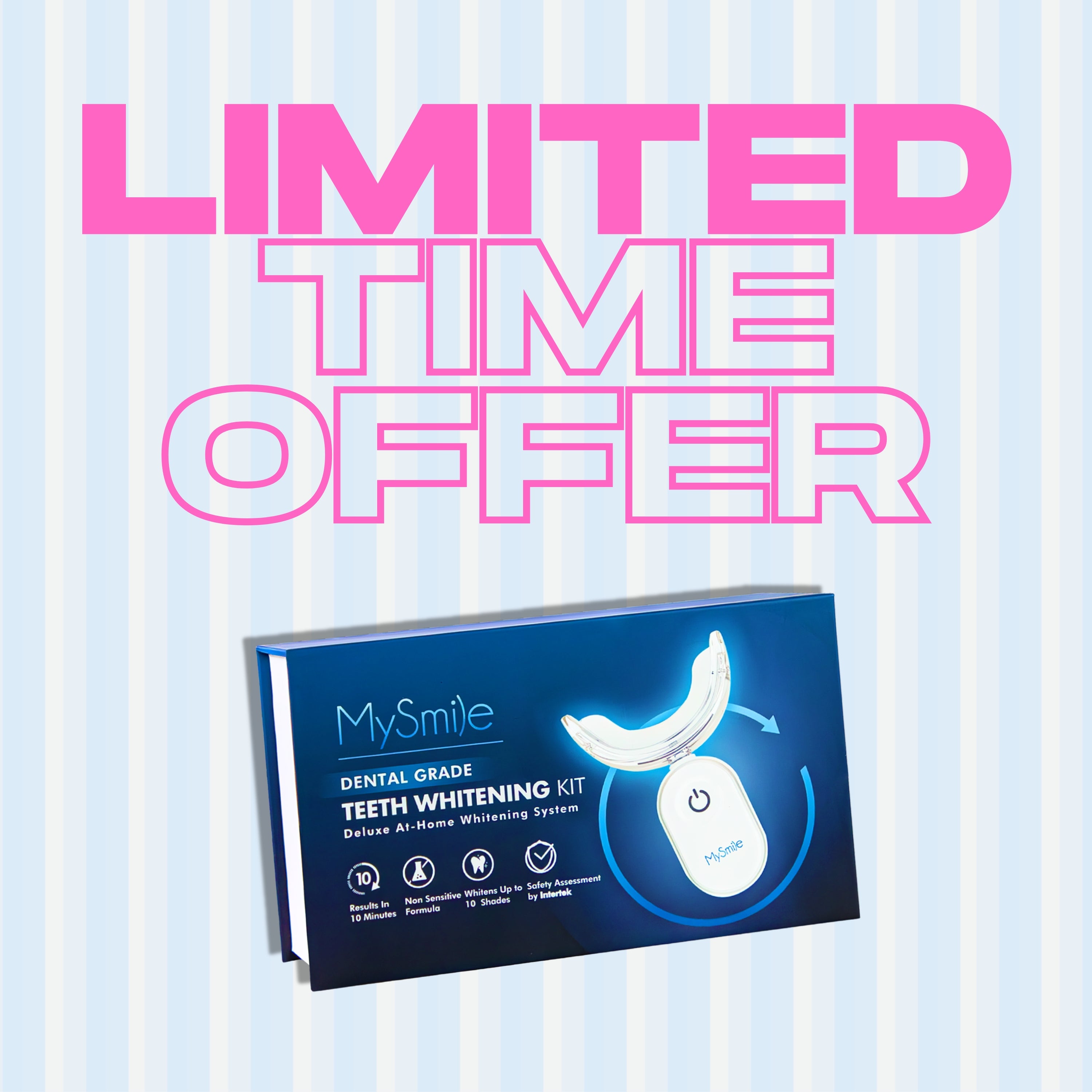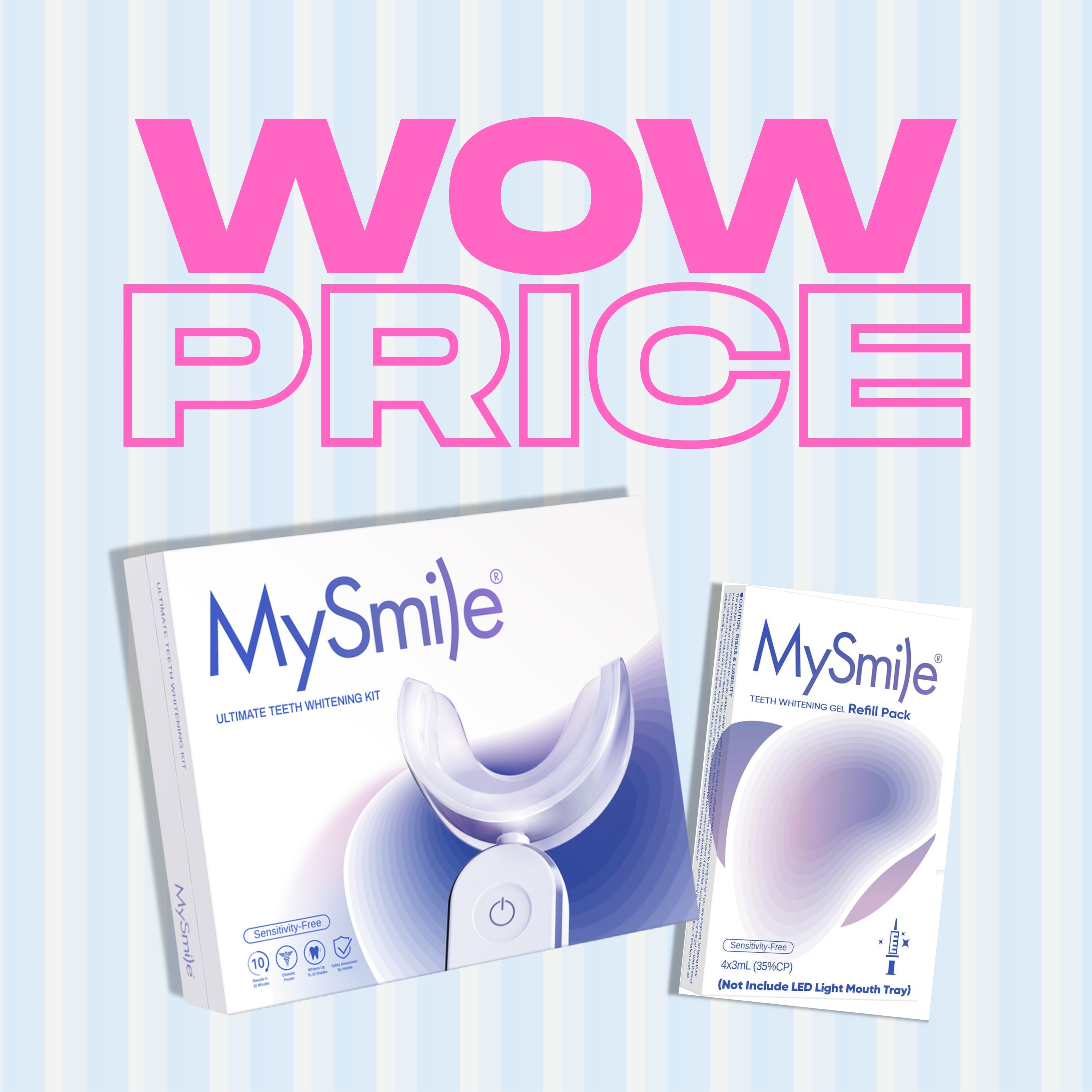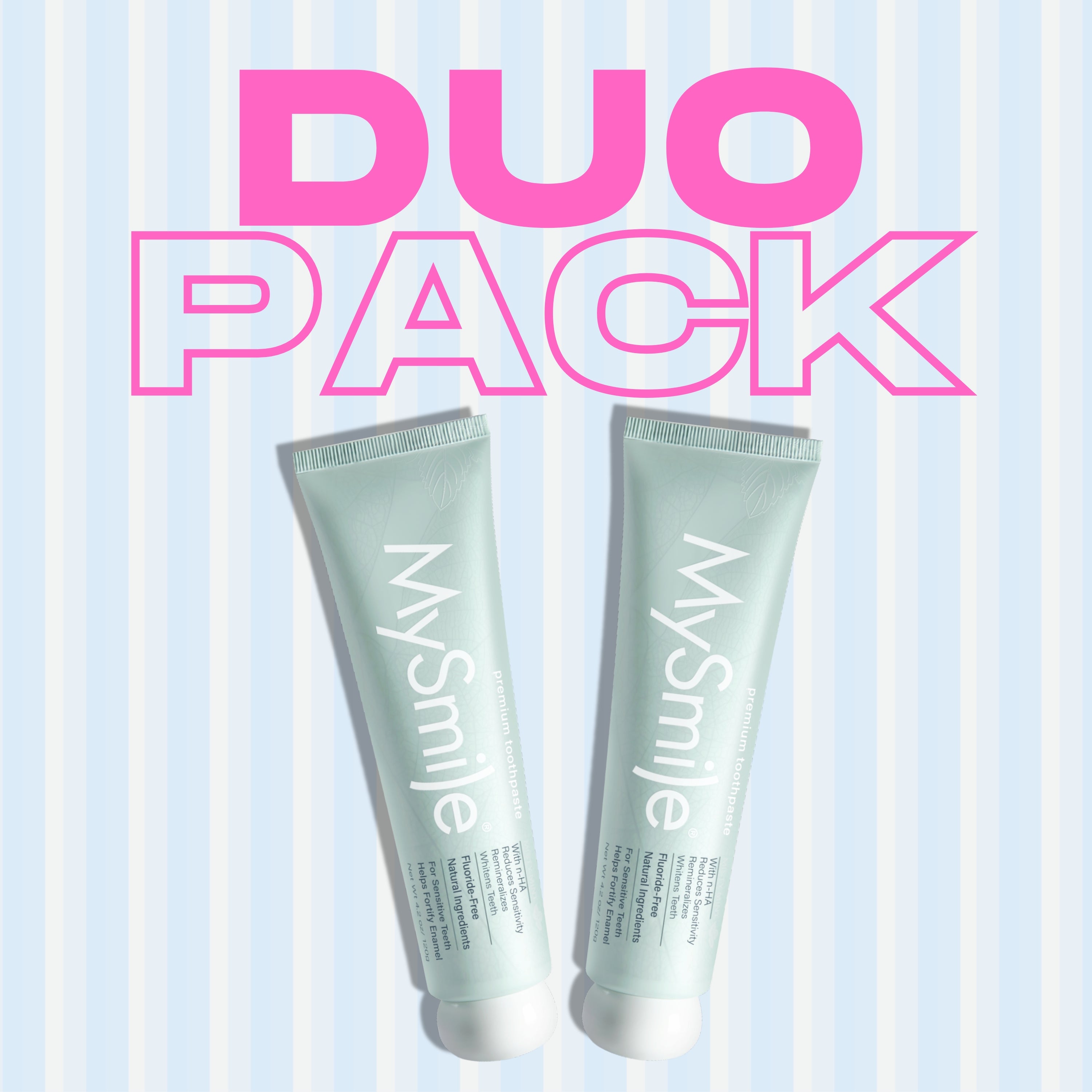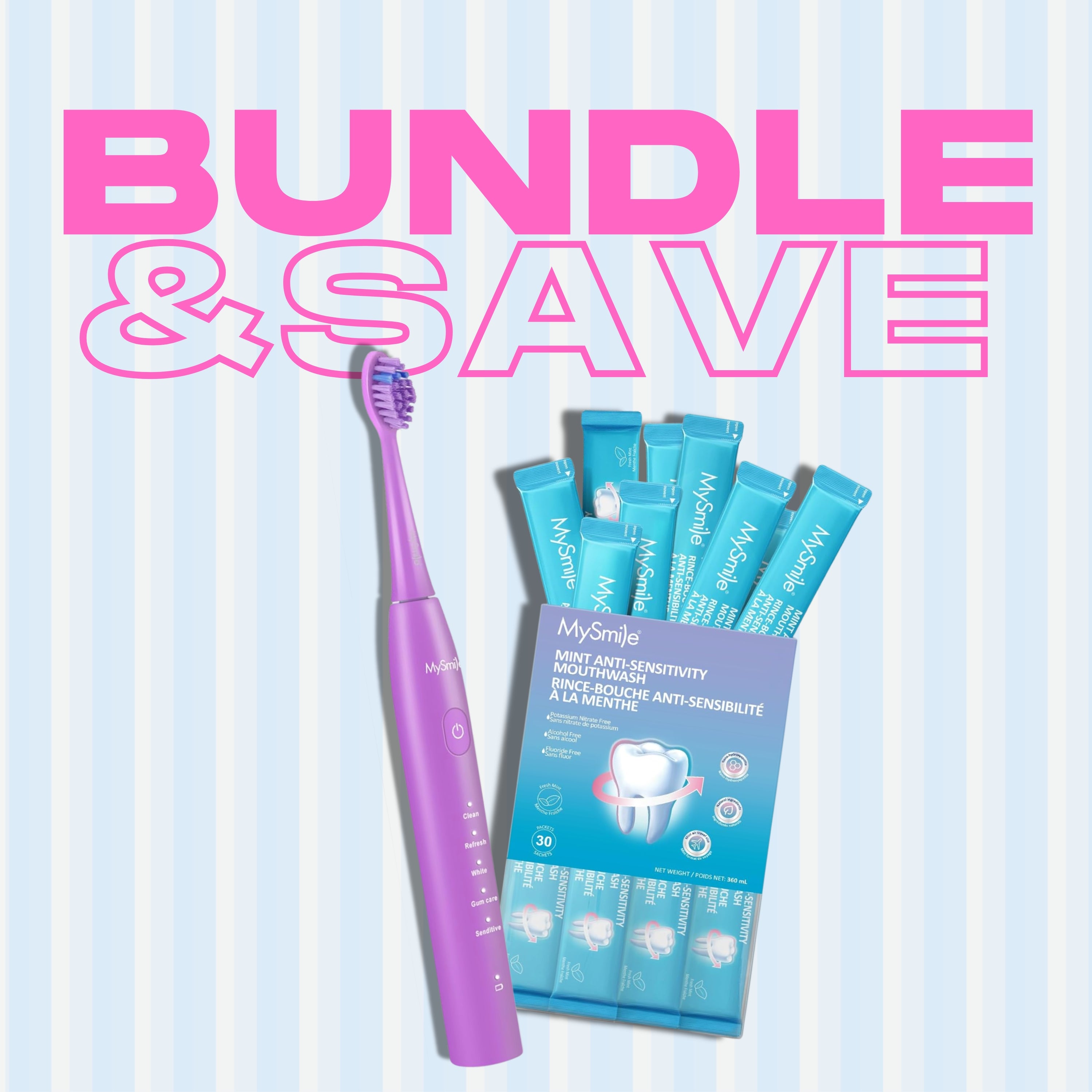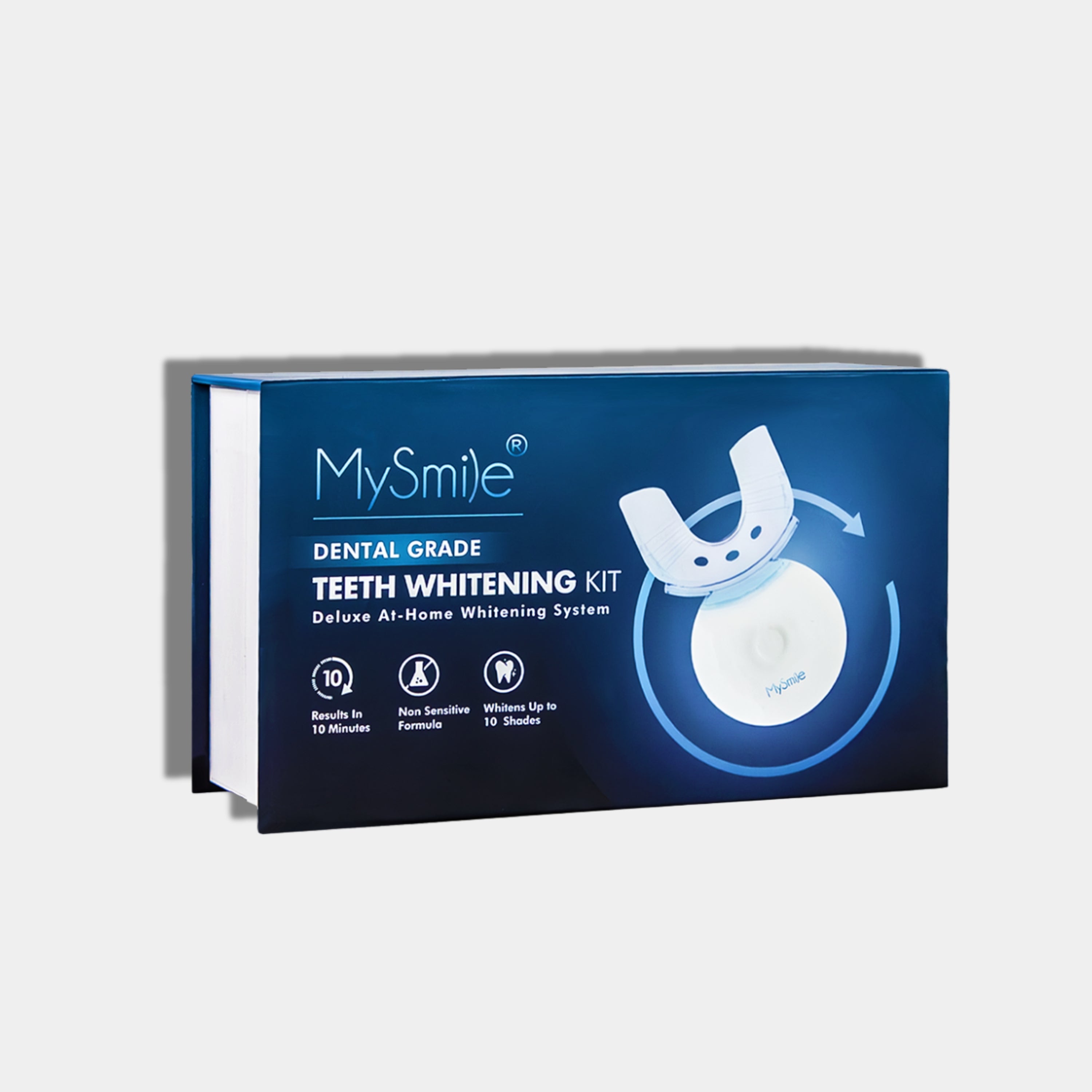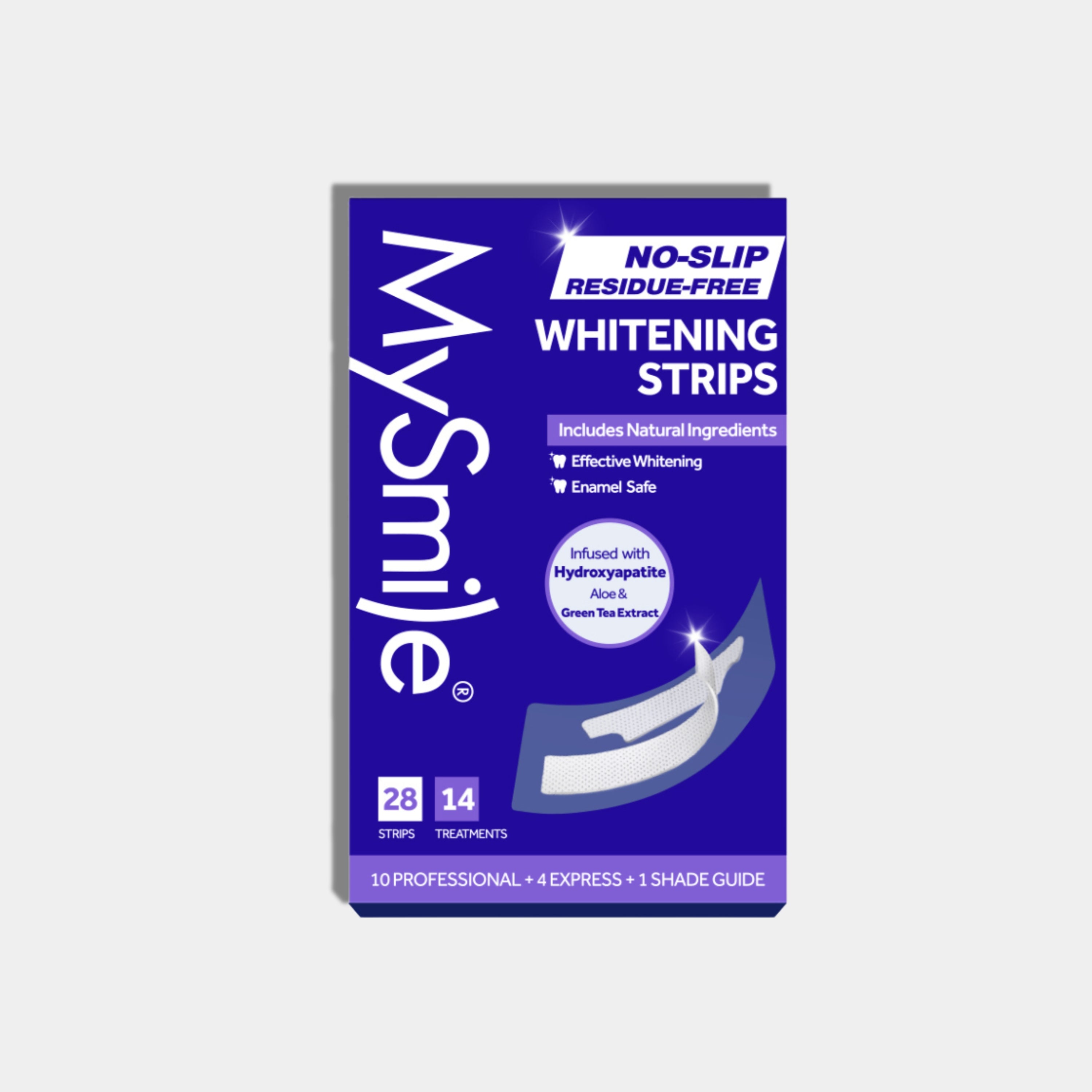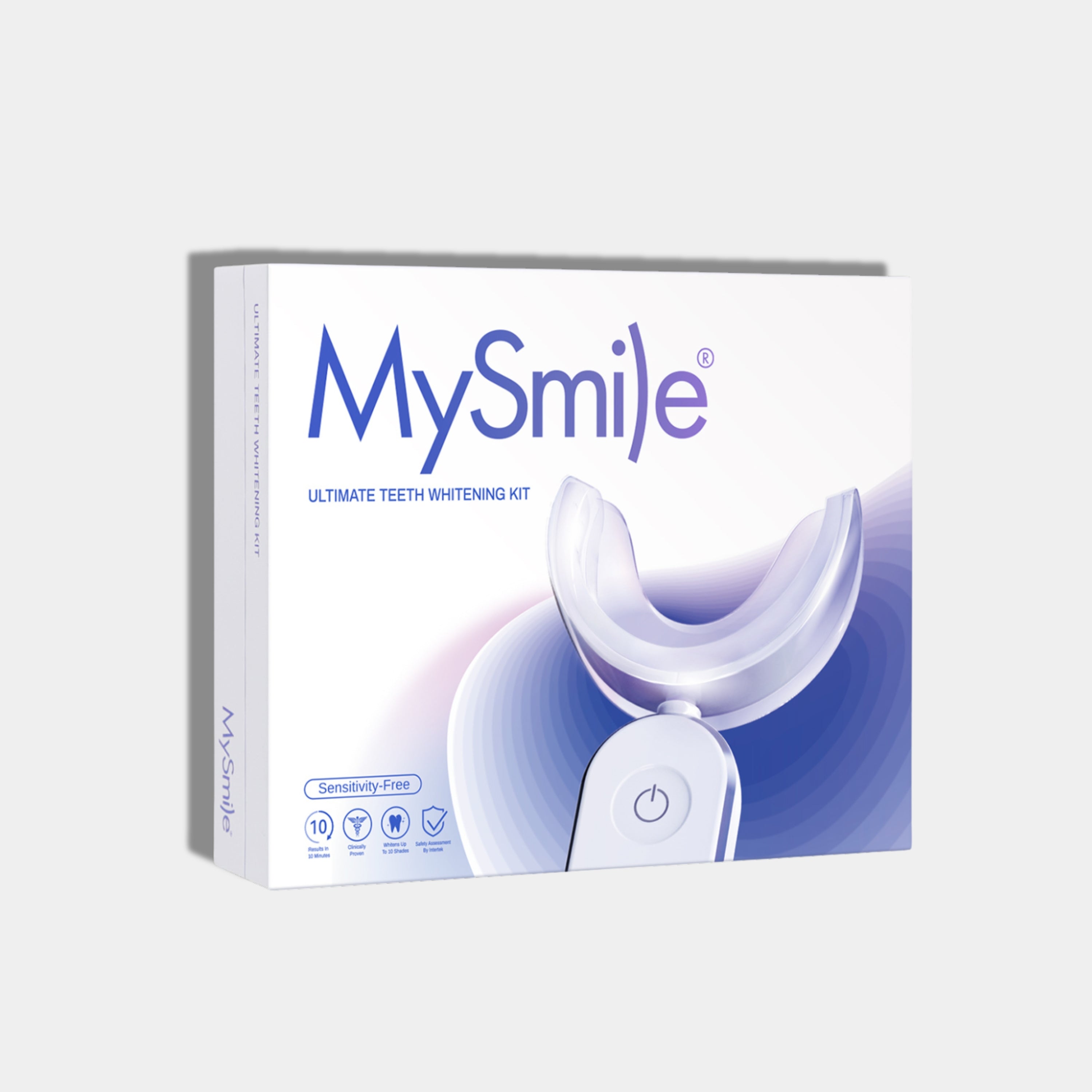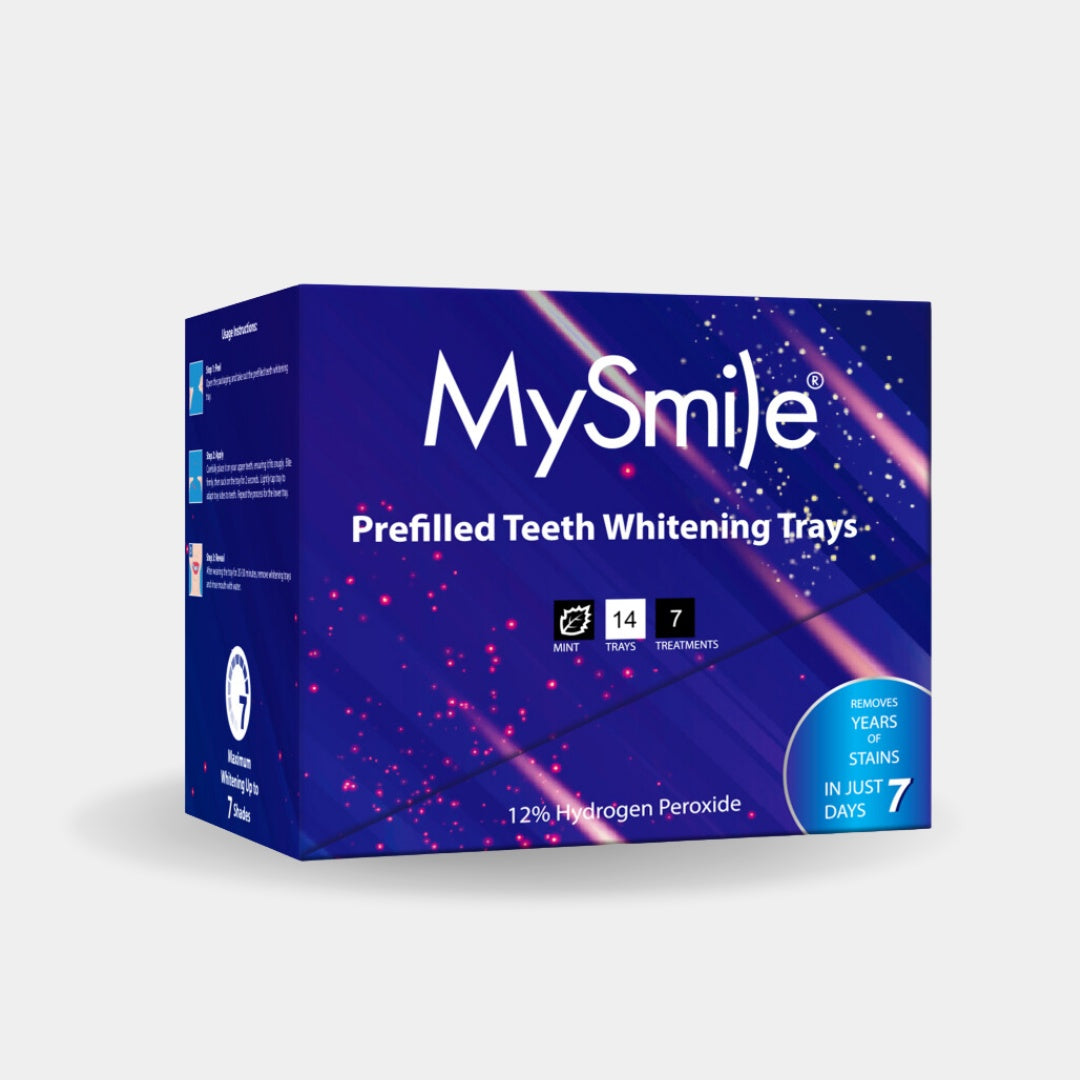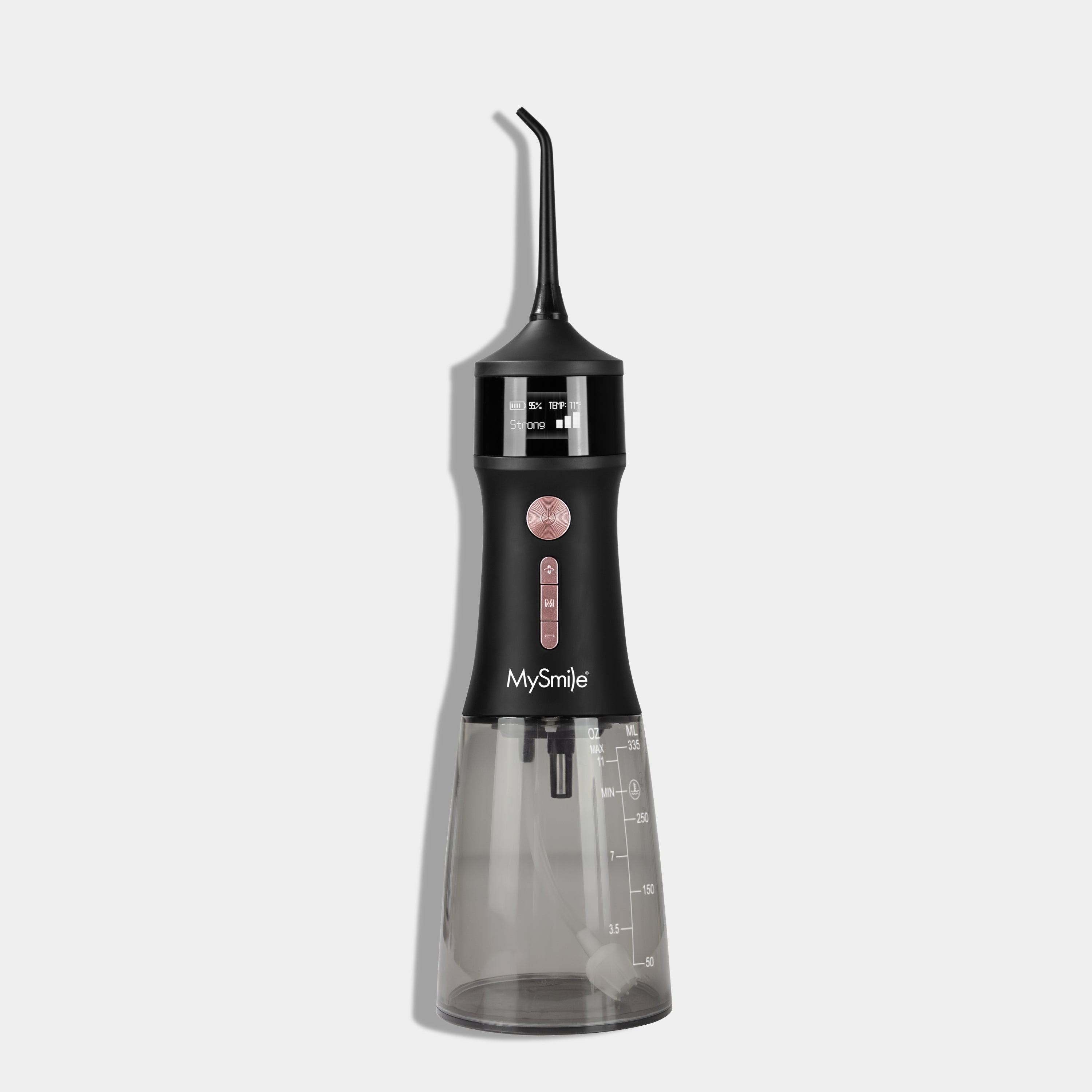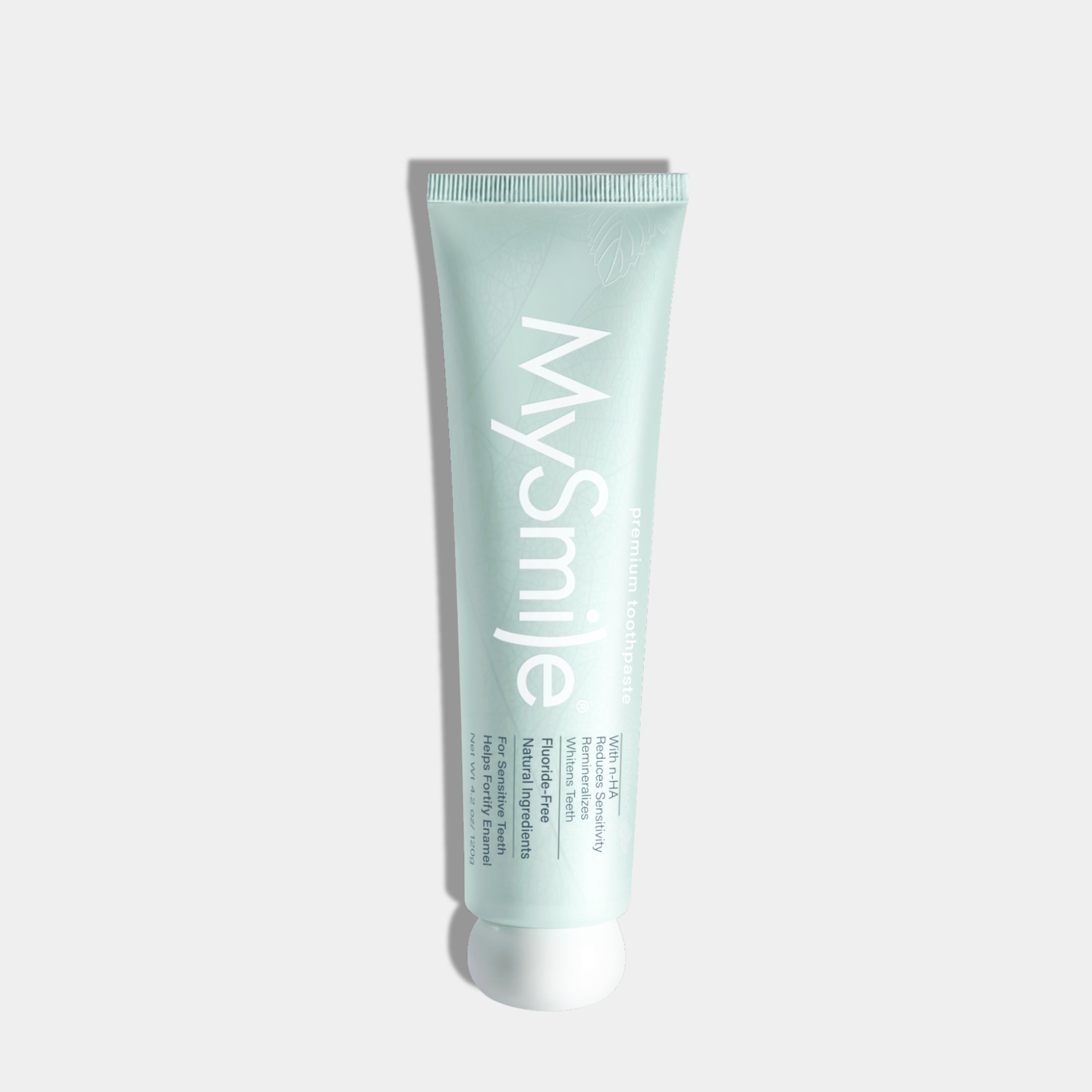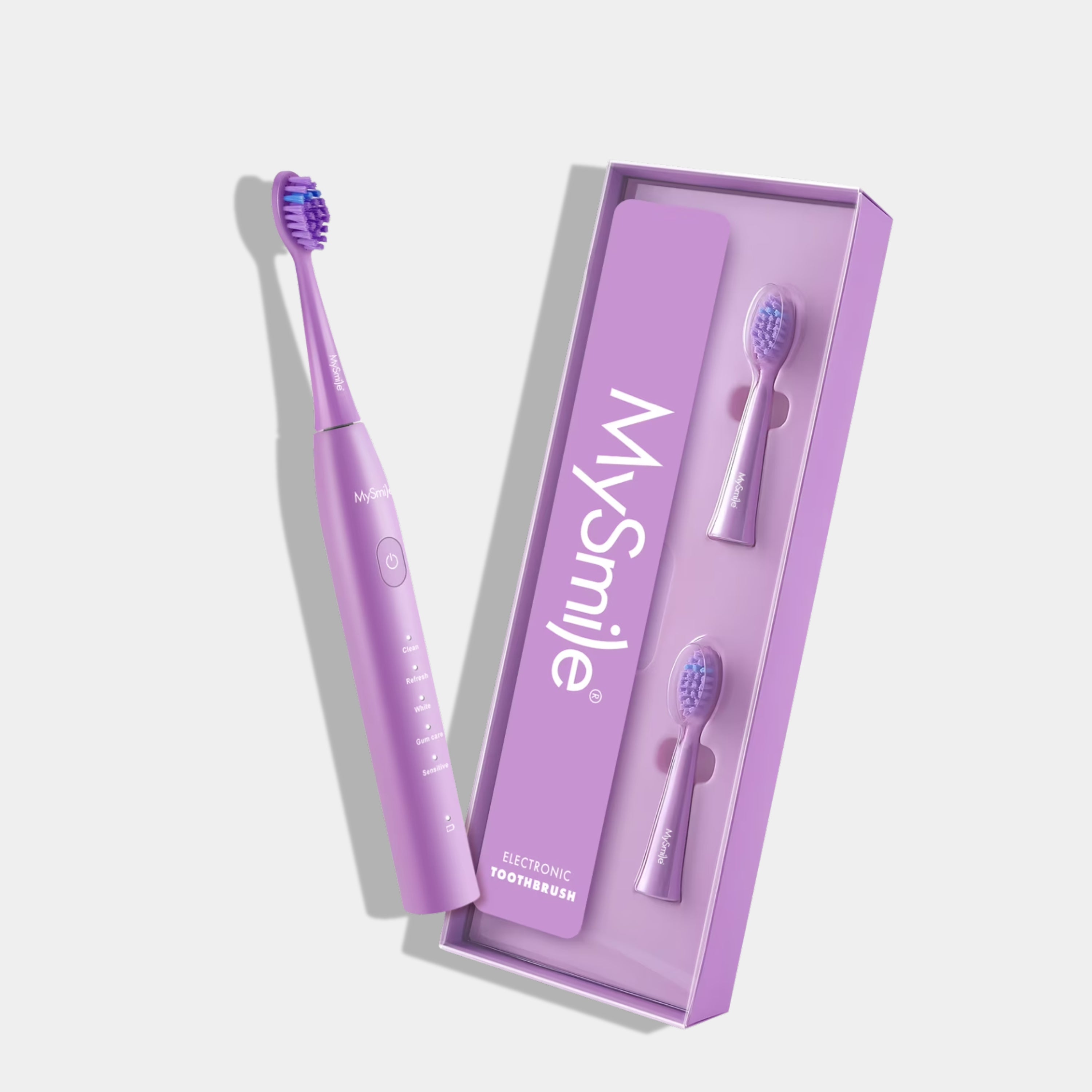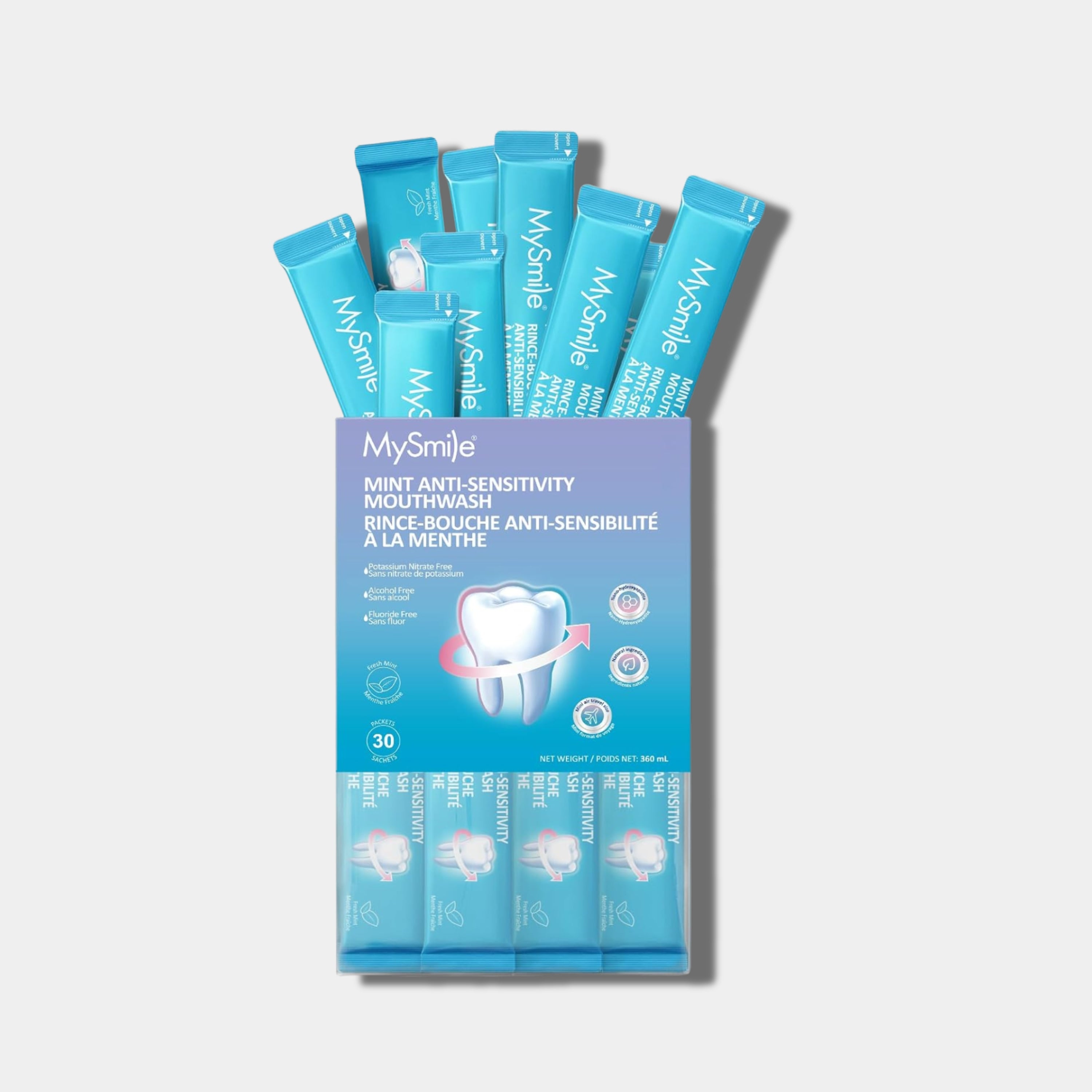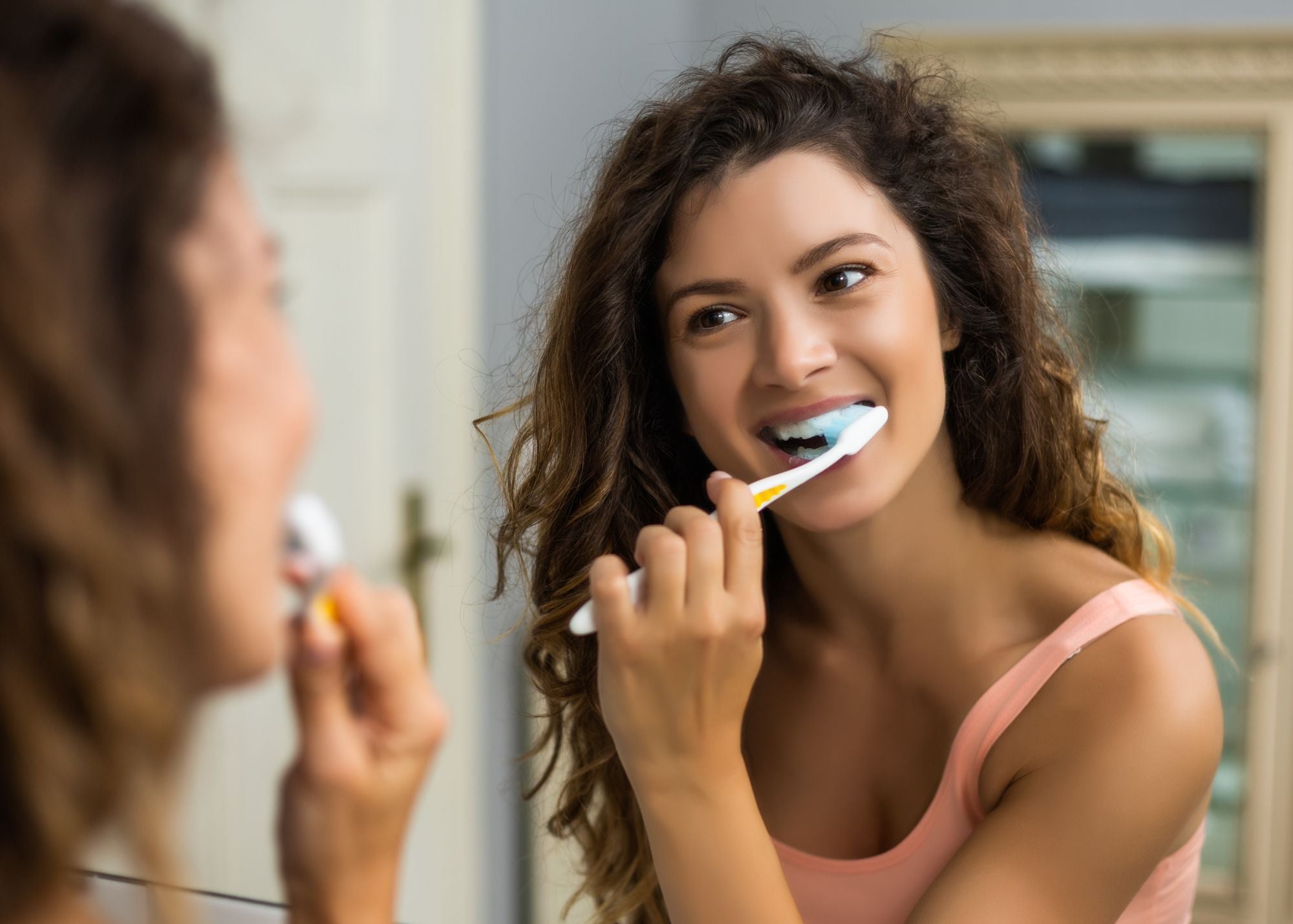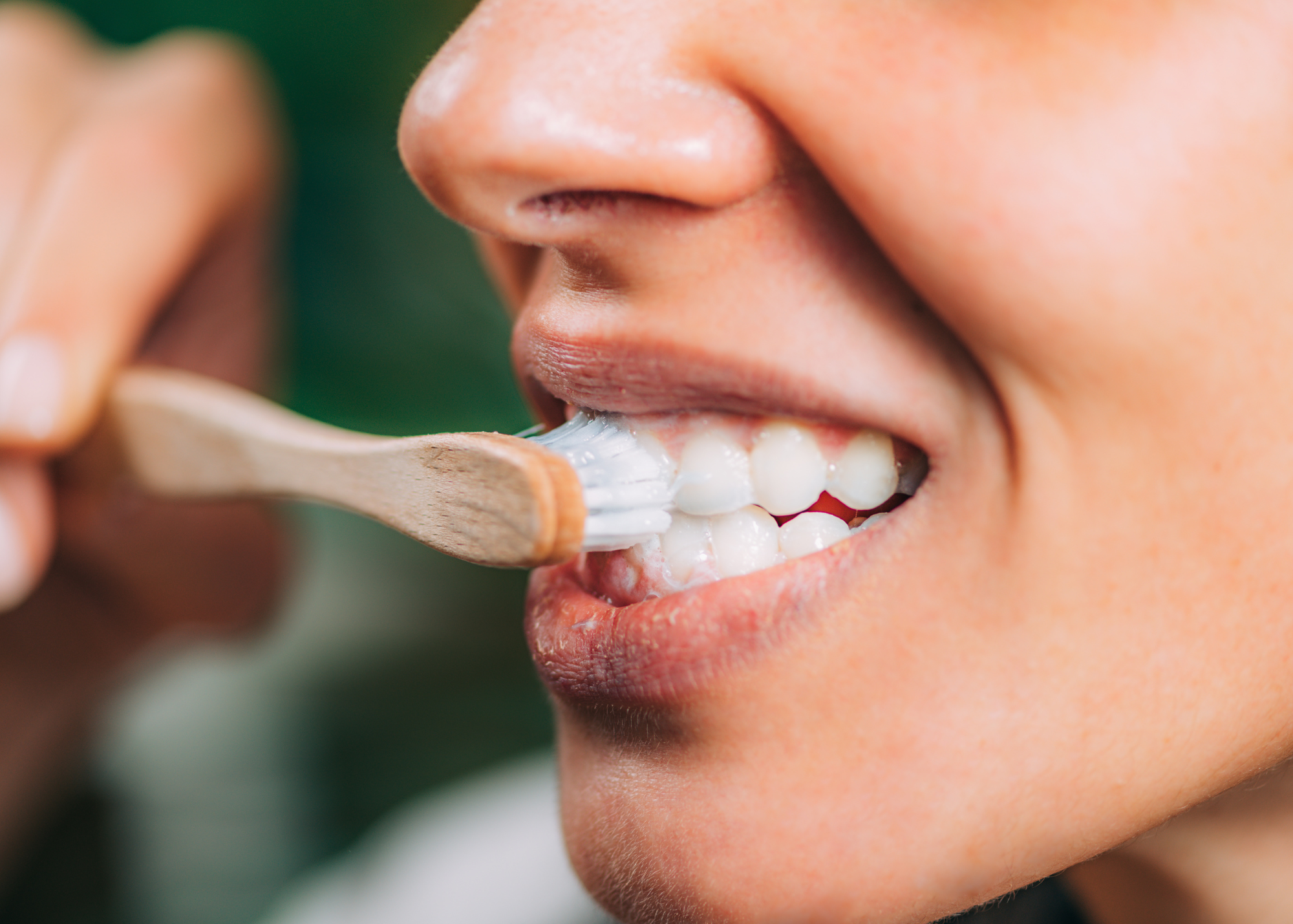From flashing a warm smile to make a new acquaintance to beaming bright in photos, our teeth play a significant part in our self-image and first impressions. However, factors like genetics, aging, or habits such as drinking coffee or smoking can cause teeth to yellow over time. Enter the secret of the stars to instant teeth whitening: color correctors, a cosmetic marvel for those seeking a Hollywood smile without the Hollywood expenses.
In this comprehensive piece, we demystify the world of color correctors for yellow teeth. From understanding the technology behind these products to a step-by-step guide on the application, we've got you covered. So, grab a cup of your favorite beverage, and let's dive into the art of smiling brightly.
What Are Color Correctors for Yellow Teeth?
Color correctors are specialized cosmetics designed to balance and neutralize specific color imperfections in the skin, hair, or, in this case, teeth. Just like concealer cancels out different tones on the skin, teeth color correctors work on the principle of color theory to camouflage yellowness and create the illusion of a whiter smile. They usually come in the form of waxy pencils, sticks, or pens, formulated with pigments that counteract yellow undertones.
The Science of Neutralizing Yellow Tones
The color of our teeth is determined by a combination of the enamel and the underlying dentin, which can range in shades from blue-white to yellow-brown. Discoloration that causes yellow teeth is often due to a combination of surface stains and changes within the tooth itself. Strong blue or violet pigments can counteract the yellow, similar to how purple shampoo is used for brassy hair.
The Various Forms of Teeth Color Correctors
When it comes to teeth color correctors, choice is abundant. Understanding the forms and their application can help you select the best product for your individual needs.
Teeth Color Corrector Pens
These are perhaps the most popular option due to their ease of application. Color corrector pens are convenient for on-the-go touch-ups and can provide precise coverage, especially for targeting specific teeth in between, say, your two front teeth.
Color Correcting Lipsticks and Glosses
While not specifically designed for teeth, some lipsticks and glosses are formulated with blue undertones that make your teeth appear whiter when you smile. These complement the teeth but note that their performance might not be as targeted or intense as color corrector pens or sticks.
At-Home Kits and Customizable Solutions
Emerging into the market are customizable at-home color-correcting kits. These often come with a variety of shades and tools to effectively create a tailored whitening solution by layering different colors against your individual teeth colors.
Color Correctors vs. Traditional Teeth Whitening Treatments
It's important to note that color correctors do not whiten teeth or alter their permanent color. They work on the principle of optical illusion to counteract yellow tones temporarily. Traditional teeth whitening treatments, on the other hand, use chemicals to penetrate the enamel and alter the internal color of the tooth. Both have their specific uses, and it’s crucial to understand your dental needs before opting for a solution.
Quick Fixes and Long-Term Commitments
Color correctors offer a quick fix for yellow teeth, perfect for events or photo shoots when you want to look your best fast. Teeth whitening treatments, however, require consistent applications or dental procedures for longer-lasting results.
Color Correctors: The Flexibility Factor
The best benefit of color correctors is their flexibility. You decide when you need the enhancement, and it's reversible with a simple wash or brush. Teeth whitening treatments might involve some level of commitment, and the results can be more permanent, requiring maintenance to keep the whiteness intact.
How to Use a Teeth Color Corrector Effectively
The art of using a teeth color corrector involves precision, patience, and a bit of practice. Here's a step-by-step guide to get you smiling with confidence.
Step 1: Preparing the Canvas
Begin by ensuring your teeth are clean. Brush and floss to rid your teeth of any surface stains or plaque. Dry your teeth with a clean tissue or cotton pad. The application works best on dry surfaces, much like makeup to a clean face.
Step 2: Applying the Corrector
Using the pen, stick, or pencil, gently apply the color corrector on the surface areas of your teeth. It’s easier if you smile while doing this to cover the stains adequately. Start with a thin layer and build up the product as needed, similar to applying layers of nail polish for even coverage. Be careful not to overdo it, or you might end up with bluish teeth instead.
Step 3: Blending and Setting
Once you have applied the corrector, blend the product gently with your finger or by pressing your lips together. The goal is to blend the edges of the corrector without smudging the coverage on the teeth. This step also helps to avoid a patchy appearance. Let the product set for a couple of minutes before you open your mouth wide or talk a lot to prevent smudging.
Step 4: Finishing Touches
After a few minutes, check your teeth in a mirror. If the coverage is uniform and the yellow tones indeed seem neutralized, you're ready to go. Flash that smile and observe the difference.
The Lifespan of the Effect and Long-Term Considerations
The effects of teeth color correctors are not permanent. Eating, drinking, and activity will wear off the product from the enamel's surface. For a more long-term approach, consider altering habits that cause teeth staining, such as avoiding certain foods or drinks and maintaining a healthy oral hygiene routine.
Stain Prevention and Management
To maintain a dazzling smile, it's crucial to adopt preventive measures for stains. Regular dental visits for cleanings, brushing with whitening toothpaste, and using a straw for dark beverages can make a substantial difference in how long your teeth' color correction will last.
When to Reapply
Reapplication of the color corrector will depend on the individual and the intensity of yellowing. Some may need to reapply after every meal, while others might find the effect lasts all day. Observe your teeth and decide when a touch-up is necessary.
Background Insights: The Safety of Using Color Correctors
Color correctors for yellow teeth are generally safe for occasional use. They are designed specifically to be applied to the teeth and should not be ingested. If you have a habit of biting your nails, pens, or other items, be mindful of this to avoid ingesting the product accidentally.
Consult with a Professional
If you have concerns about the safety or suitability of a teeth color corrector, consult with a dental professional. They can provide guidance on the right product for you, especially if you have sensitive teeth or existing dental conditions.
Addressing Underlying Issues
Persistent yellowing of the teeth can sometimes signal underlying health issues. If you notice that conventional hygiene and preventive methods are not improving the color of your teeth, consult a dentist for a thorough examination to rule out potential problems.
Embracing Your Smile: The Psychological Impact of White Teeth
A brighter smile can have a significant psychological impact, boosting confidence and self-esteem. The act of applying a teeth color corrector is more than a physical enhancement; it's a moment for self-care and a subtle transformation that empowers the individual.
The Power of Perceived Whiteness
The perception of having whiter teeth, even if temporarily through color correctors, can make you feel more attractive and healthier, leading to a more positive self-image and social presence. It also communicates good hygiene, which is universally respected.
Practicing Grin-At-Will
The freedom to smile without reservation, whether in a business meeting or a date, is a liberating feeling. Embracing a smile that you're proud of can open up social interactions and ease social anxiety, creating a ripple effect in your daily life.
A Step Further: Advanced Solutions for Yellow Teeth
For those seeking more than a surface-level fix, there are advanced dental solutions. Teeth whitening at the dentist, veneers, or composite bonding are options that can provide long-term results for people unsatisfied with their natural tooth color.
In-Office Whitening Procedures
Dentists offer in-office whitening treatments, such as laser or UV light-activated gels, that can yield immediate results. While these treatments may be more expensive, they can provide a level of whitening not possible with over-the-counter products or color correctors.
Veneers and Bonding
Veneers are thin shells that cover the front of your teeth, and composite bonding involves applying a tooth-colored resin to the teeth and shaping them. Both provide a durable, long-lasting white solution with the help of a dental professional.
Conclusion
Understanding the world of teeth color correctors can lead to a transformative experience for those with yellow teeth. From learning the basics of how they work to mastering their application and considering their place within the broader spectrum of dental care, color correctors offer an immediate enhancement to your smile and daily routine.
Remember, the secret to a good color-correcting experience lies in balance. Use the product occasionally, complement it with a healthy oral hygiene routine, and consult with a professional when in doubt. The journey to a brighter smile is an amalgamation of the right product, the right technique, and the right care. Embrace it confidently, and let your radiant smile light up the world.

